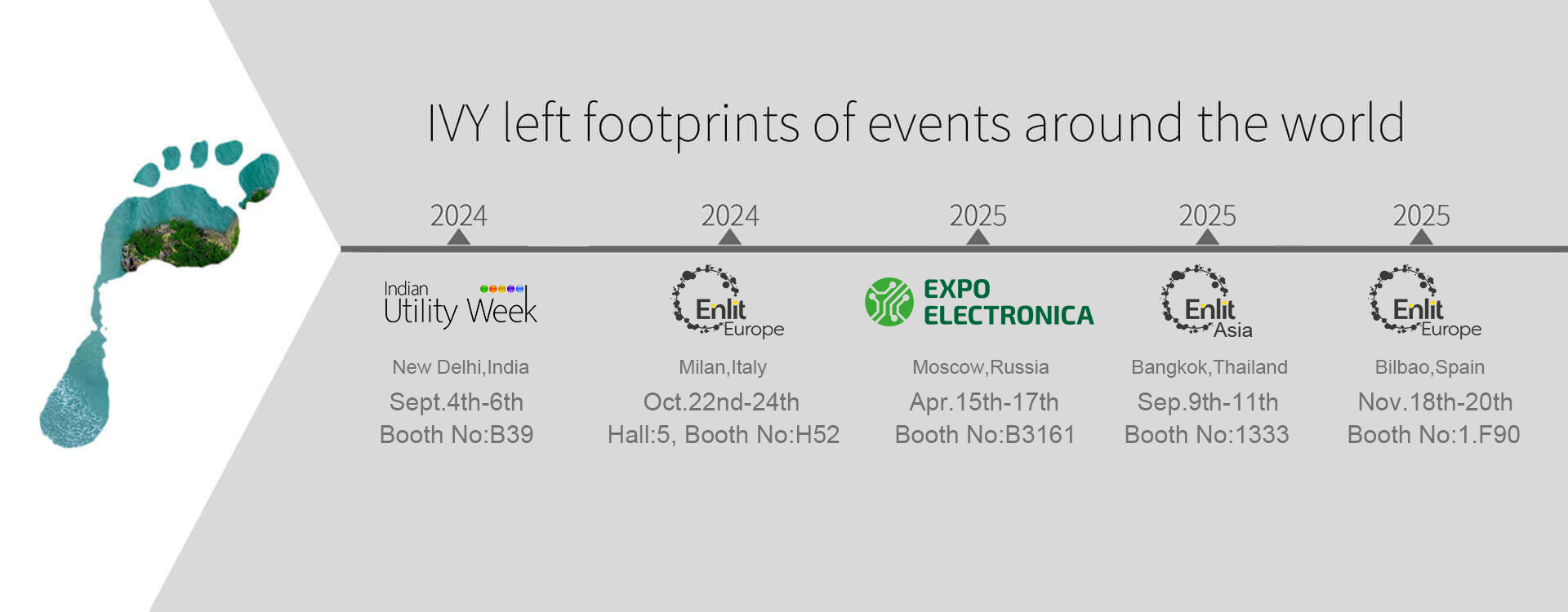The Five Classification of Relay
The Five Classification of Relay
1.Classify the Relay by Function
1.1 Magnetic Latching Relay:
It can be seen from the principle of electromagnetic induction that the input circuit under the action of current will generate a magnetic field inside the coil, so that under the action of magnetic force, the relative movement of mechanical parts will generate a predetermined response. It includes DC electromagnetic relay AC electromagnetic relay magnetic latching relay polarization relay, reed relay, power relay.
(1)Dc electromagnetic relay: an electromagnetic relay whose control current in the input circuit is DC
(2)Ac electromagnetic relay: An ac electromagnetic relay that controls the current in the input circuit.
(3)Magnetic holding relay: magnetic steel is introduced into the magnetic circuit. After the relay coil is switched off, the armature of the relay can still be kept in the state when the coil is energized, with two stable states.
1.2 Solid State Relay:
A relay whose input and output functions are performed by electronic components without mechanical moving parts.
1.3 Time Relay:
When input signals are added or removed, the output part must delay or limit the time to close or disconnect the relay of its controlled circuit.
1.4 Temperature Relay:
A relay that operates when the ambient temperature reaches a specified level.
2. Classify the Relay by Size
2.1. Micro Relay:
Relay with the longest side size not greater than 10mm.
2.2. Extra Small Relay:
Relay with the longest side size greater than 10mm but not greater than 25mm.
2.3. Mini Relay:
Relay with longest side dimensions greater than 25mm but not greater than 50mm.
3.Classify the Relay by contact load
3.1 Micro power relay:
A relay with A micropower relay less than 0.2A.
3.2 Weak power Relay:
Relay of weak power relay 0.2~2A.
3.3 Middle Power Relay:
Relay of weak power relay 2~10A.
3.4 High Power relay
High power relay 10A and above.
4.Classify the Relay by Protection Characteristics.
4.1 Sealed Relay
A relay with a low leakage rate that USES welding or other methods to seal contacts and coils in a metal cover.
4.2 Plastic Sealing Relay
The plastic sealing relay adopt the method of sealant to seal the contact and coil in the plastic cover, which is the relay with high leakage rate.
4.3 Relay with Anti-dust Cover
A relay that encloses and protects contacts, coils, etc.
4.4 Exposed/ Core/ Open Relay
A relay that does not use a shield to protect contacts, coils, etc.
5.Classify the Relay by Usage
5.1 Communication Relay (including high frequency relay)
This type of relay contact load range from low level to medium current, environmental conditions are not high requirements.
5.2 Machine Tools Relay
A relay used in machine tools with large contact loads and long service life
5.3 Home Appliance Relay
A relay used in household appliances that requires good safety performance.
5.4 Automotive Relay
A relay used in automobiles that has large switching loads and high impact and vibration resistance.
These are the five categories to share with you, for more details on relays, and for more free relay support, please visit :www.ivy-metering.com












